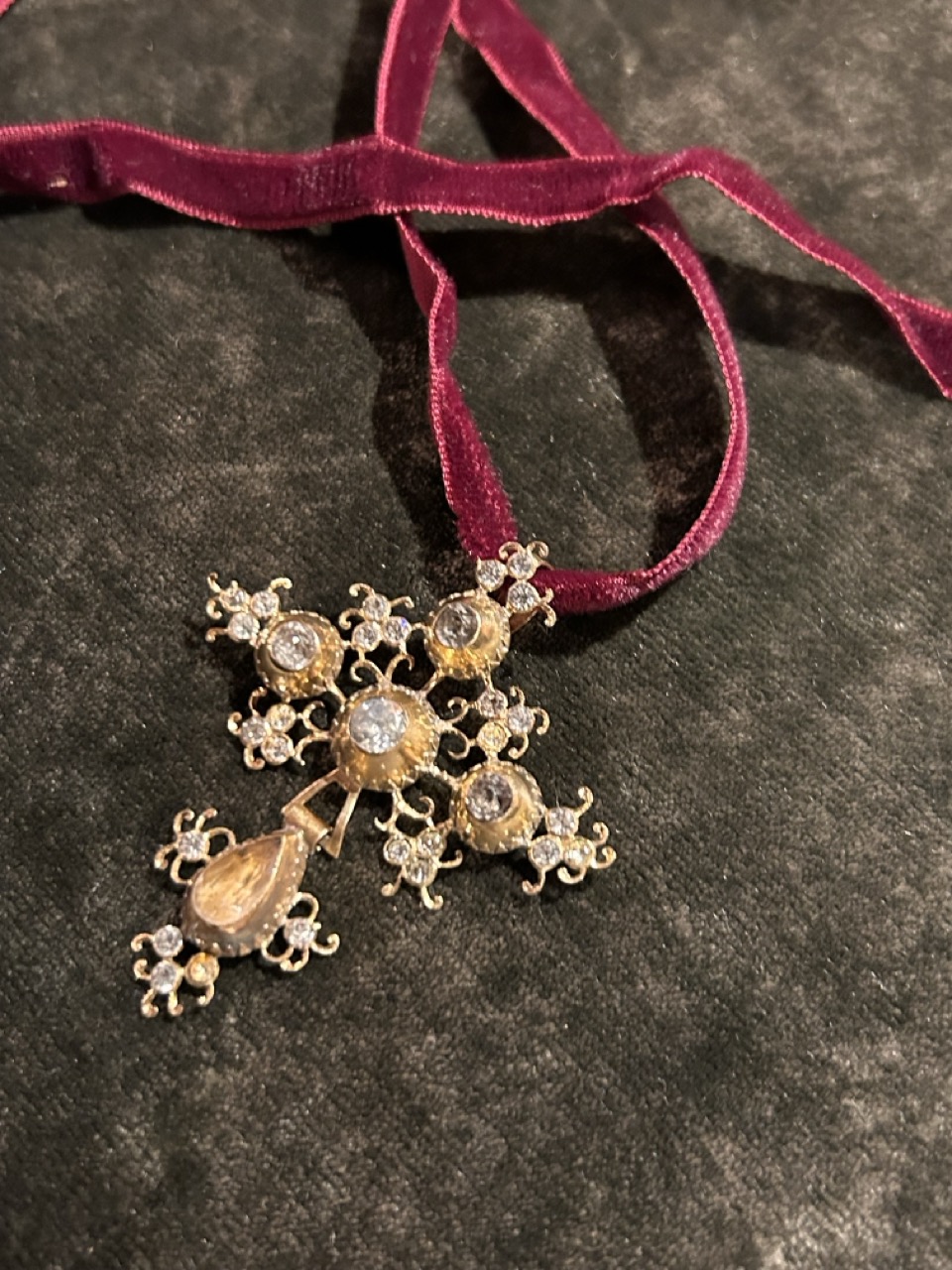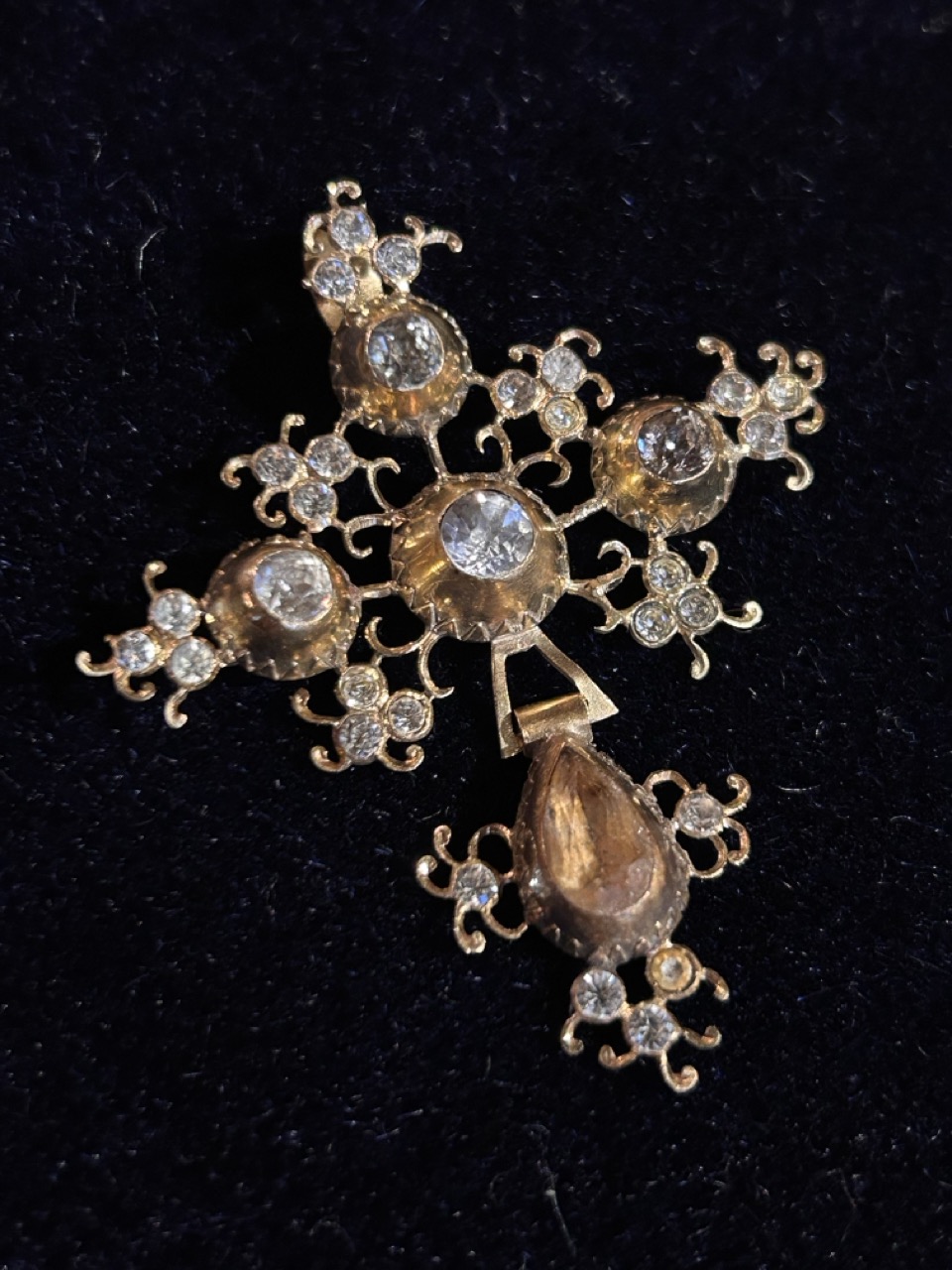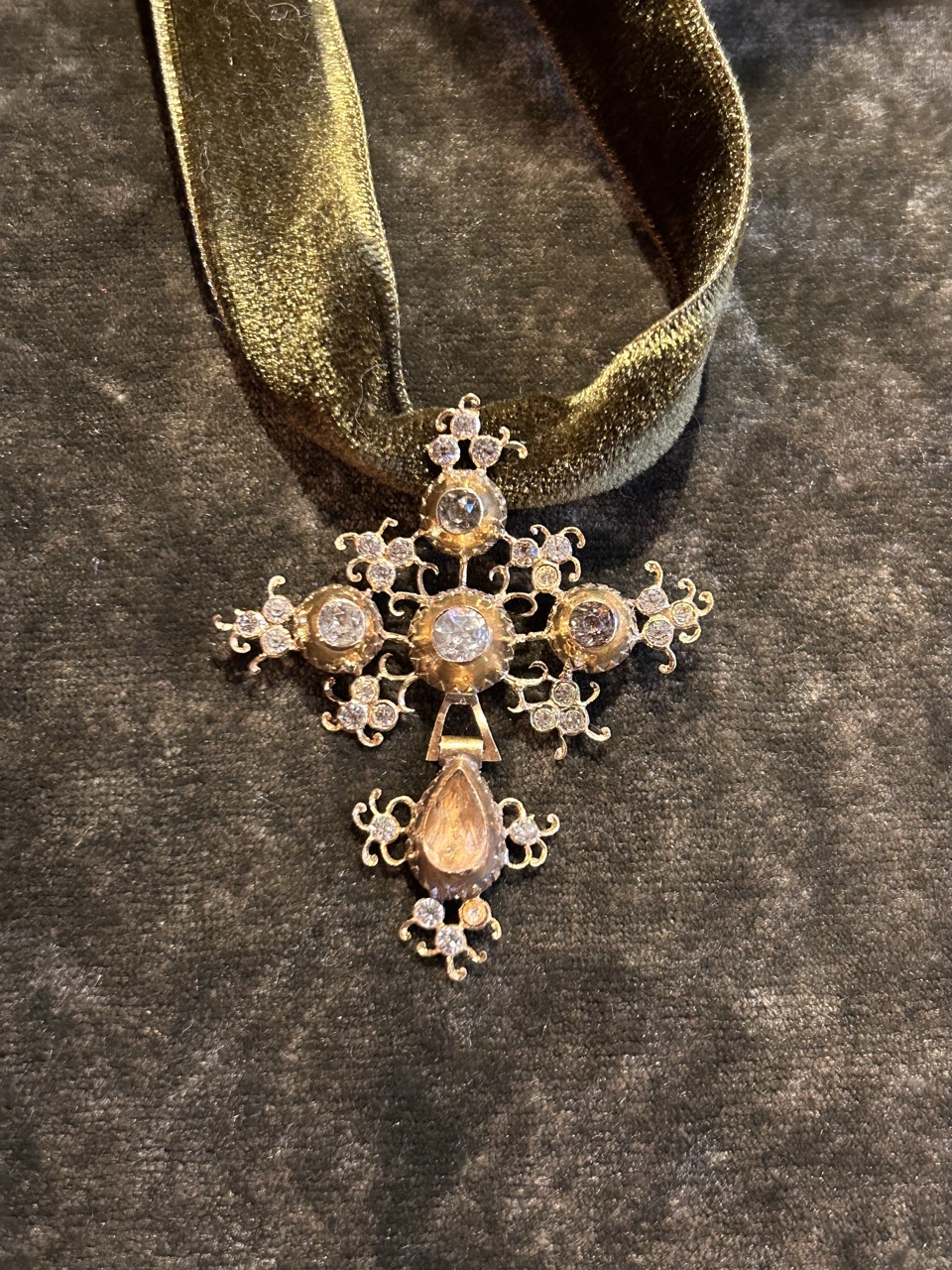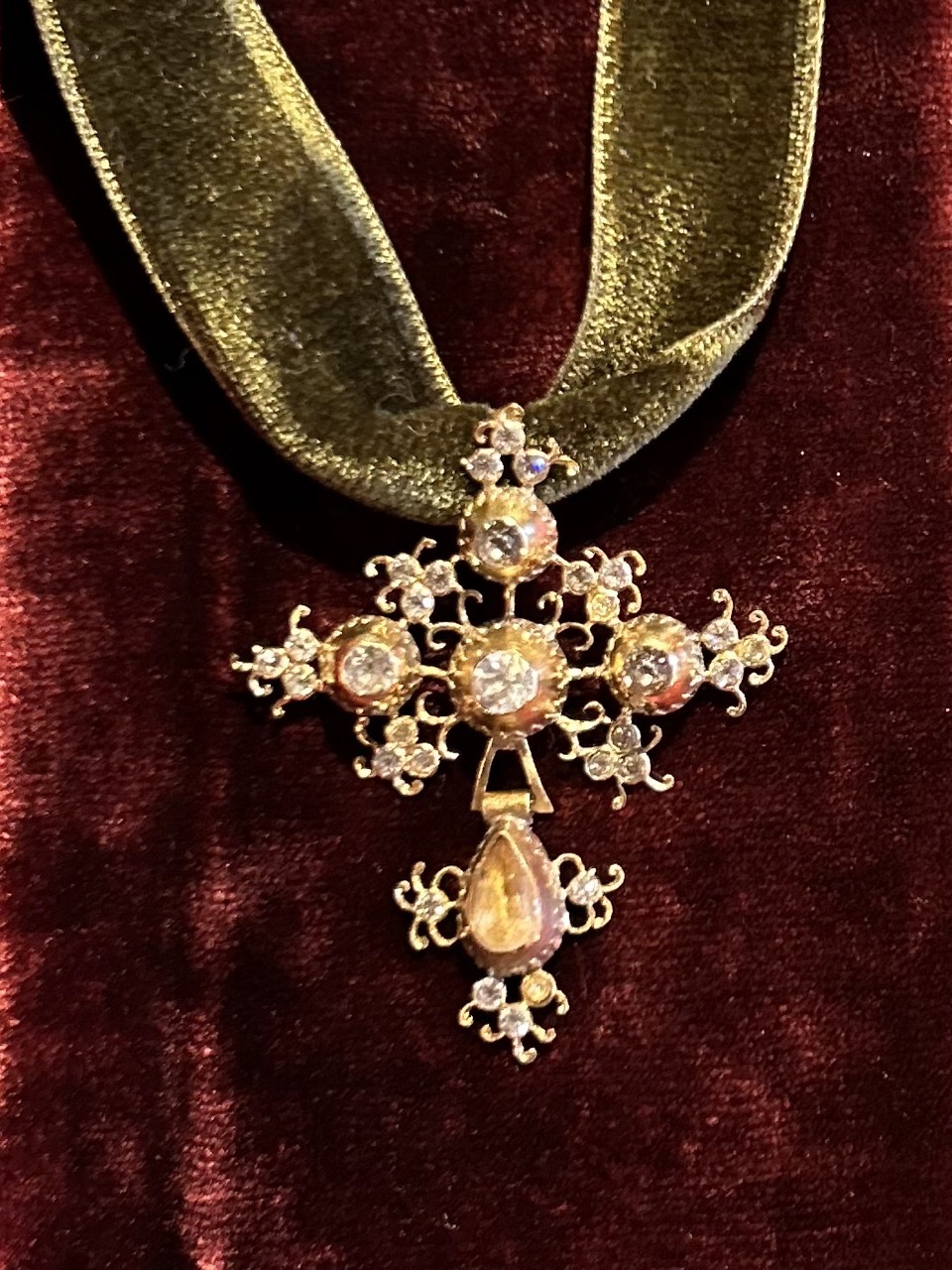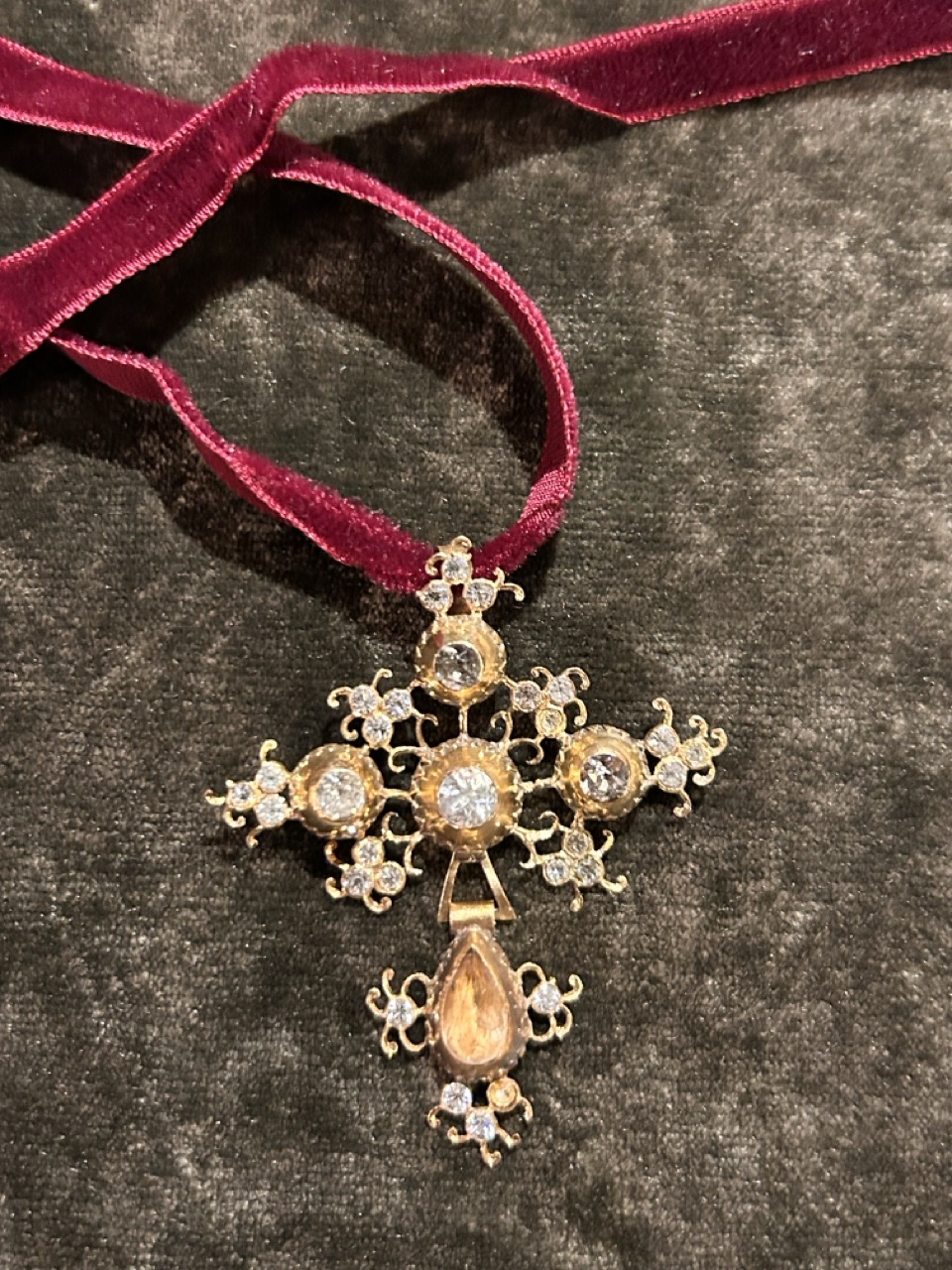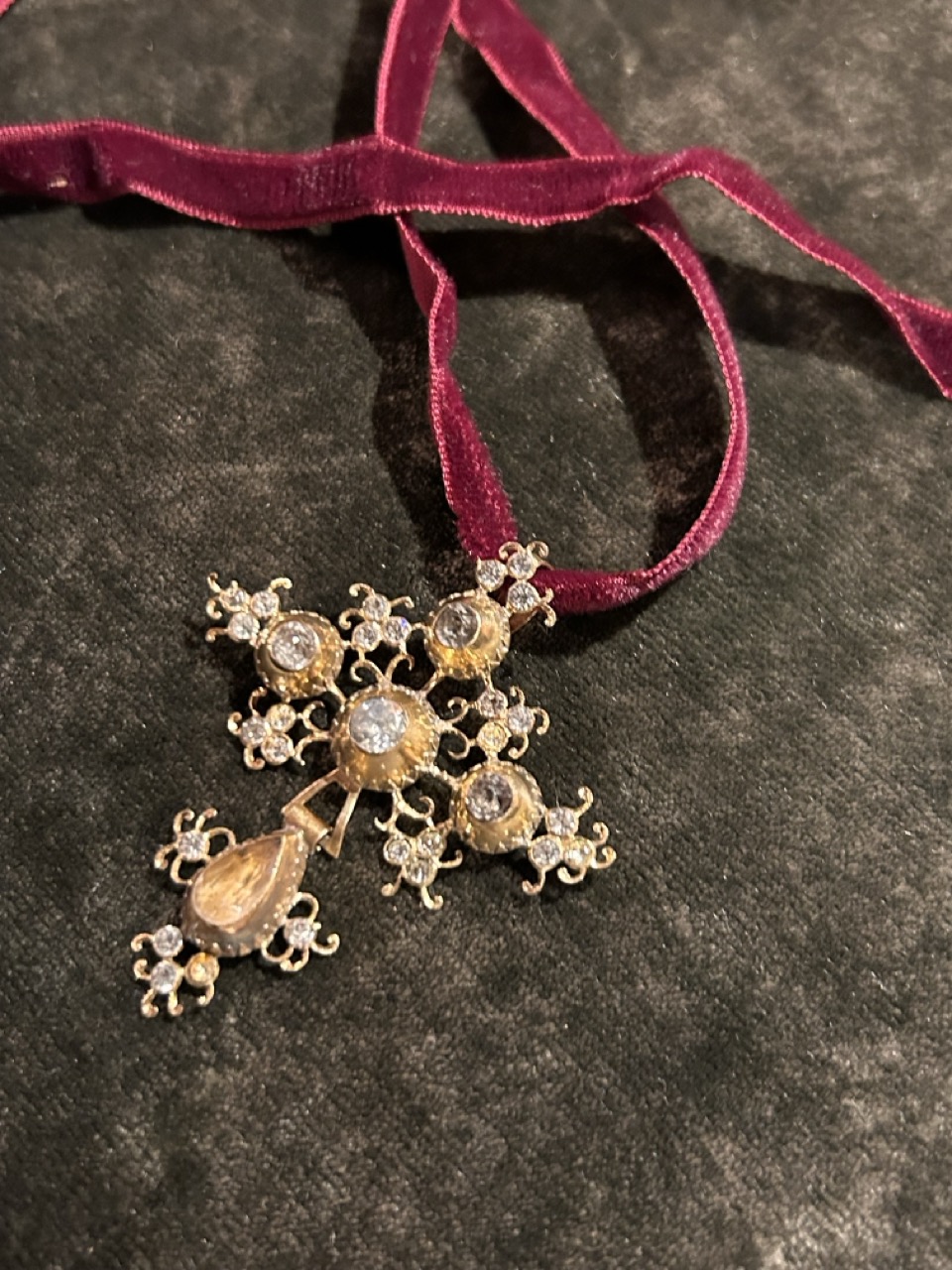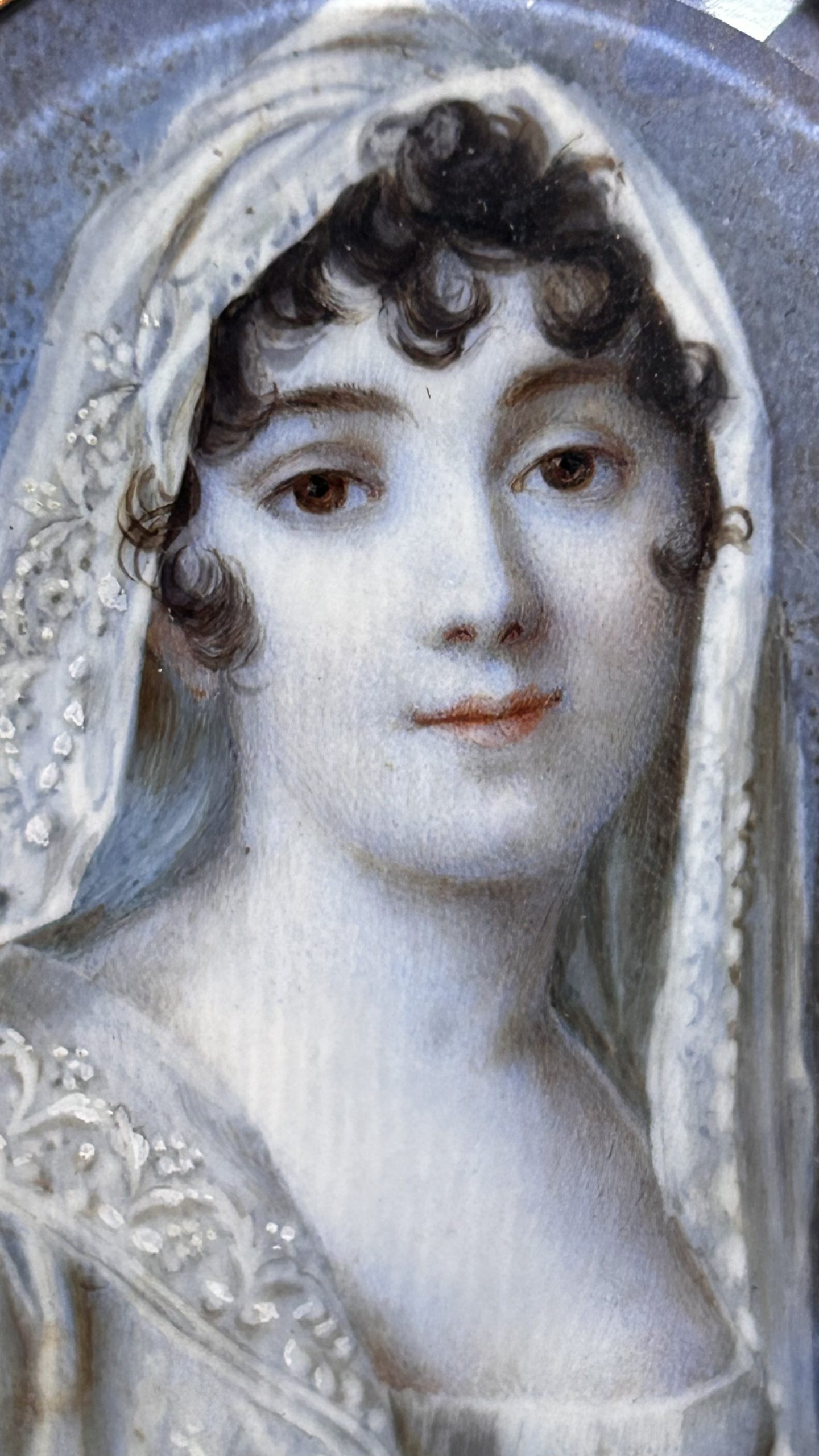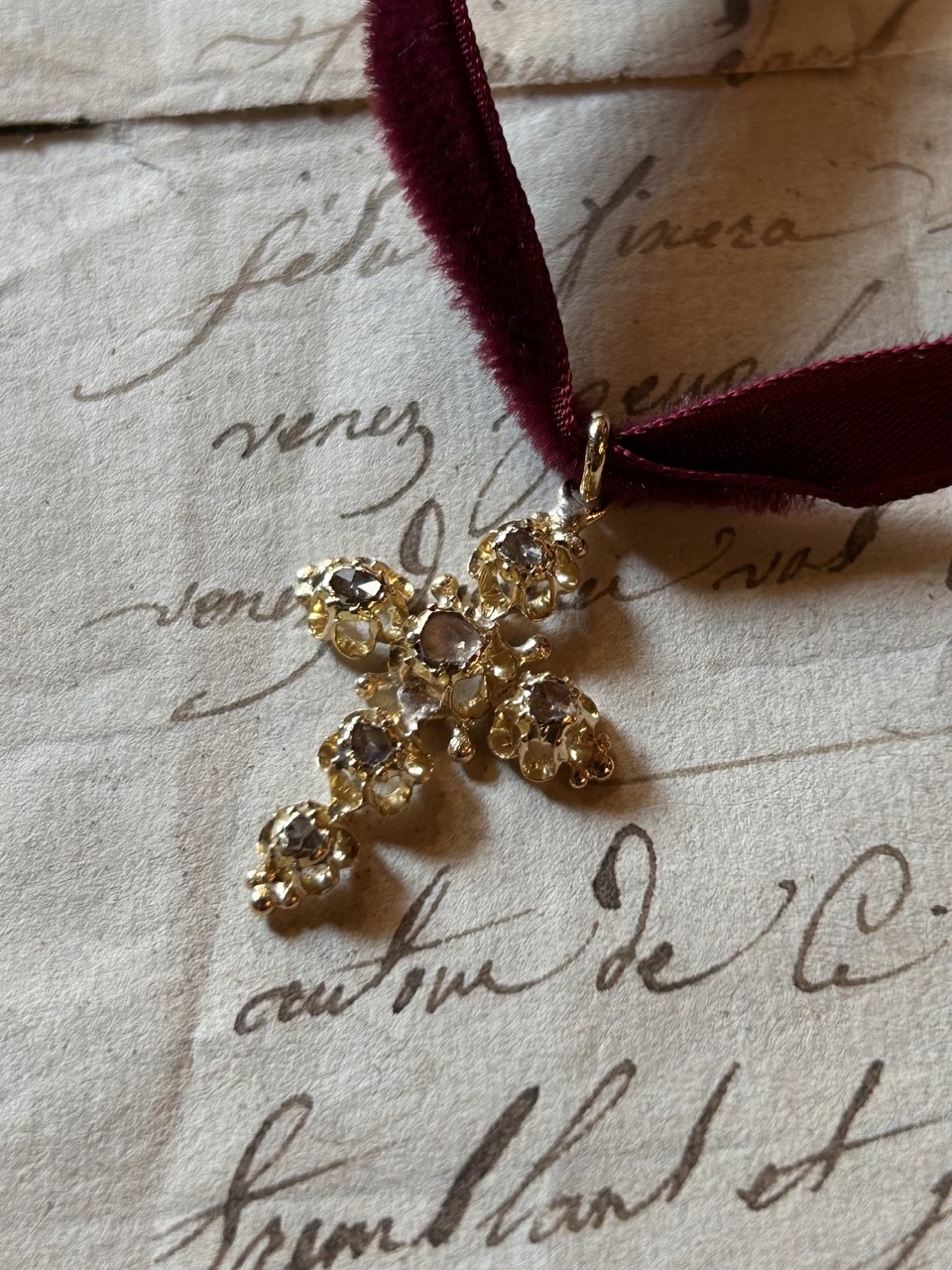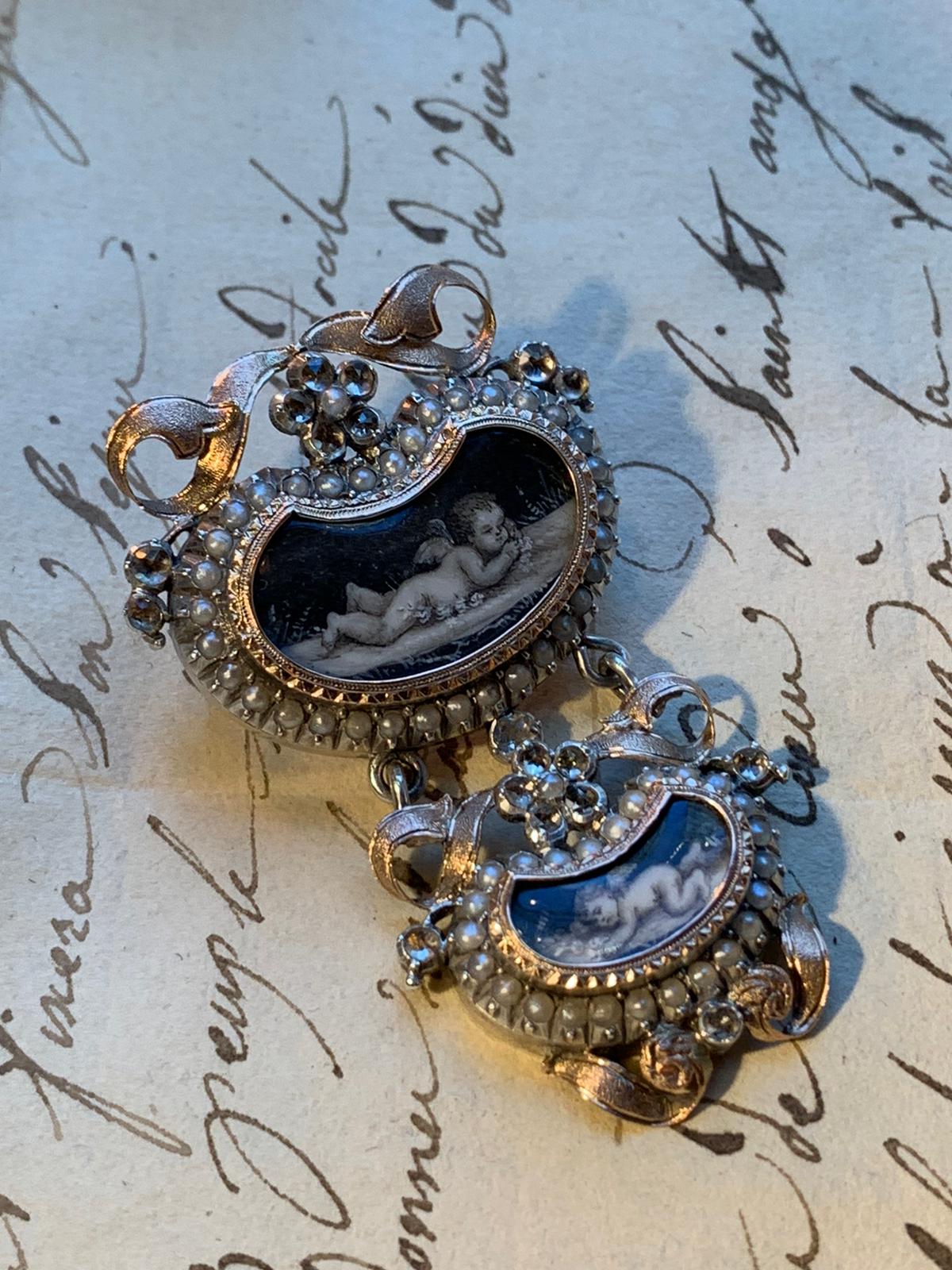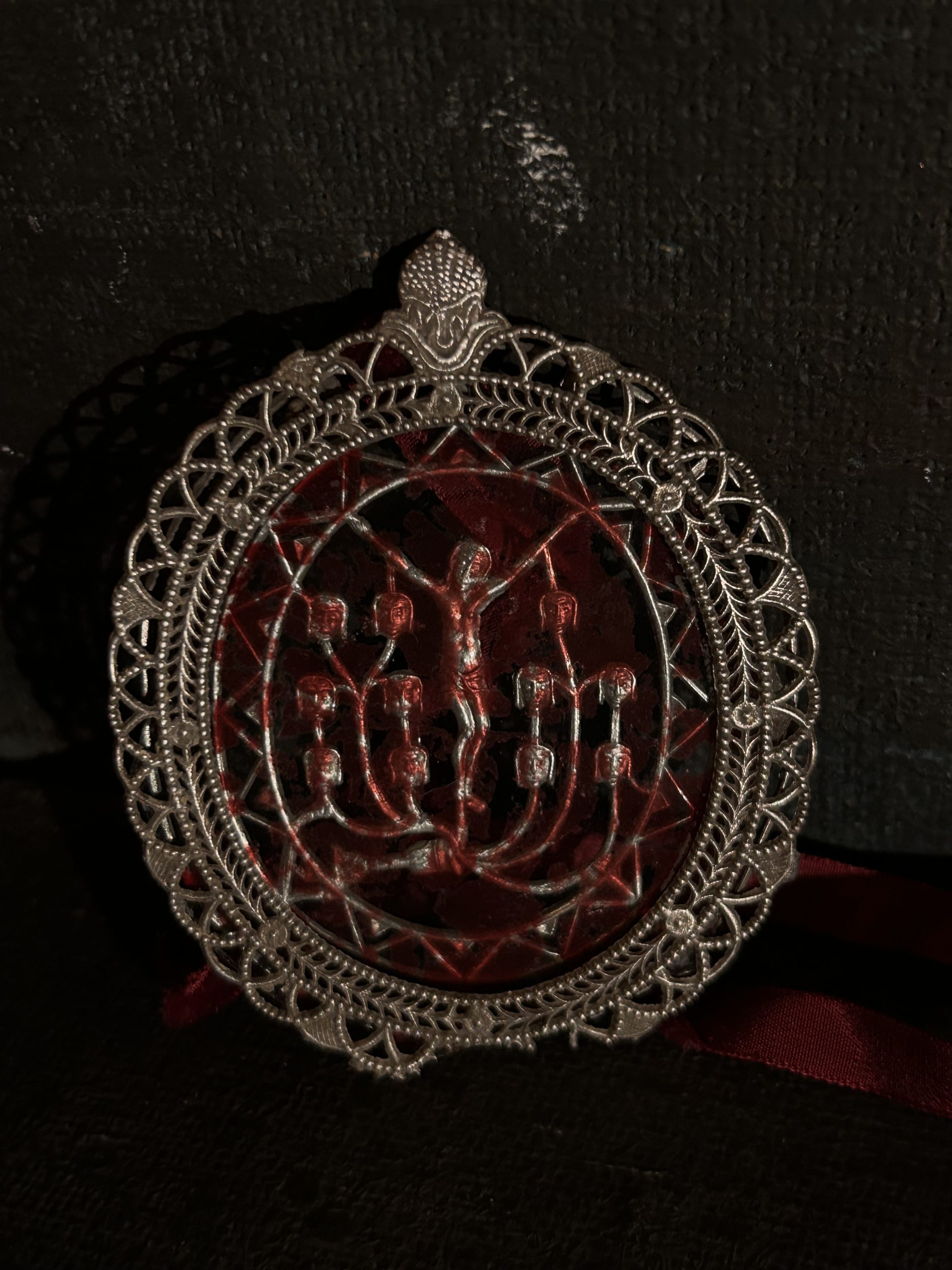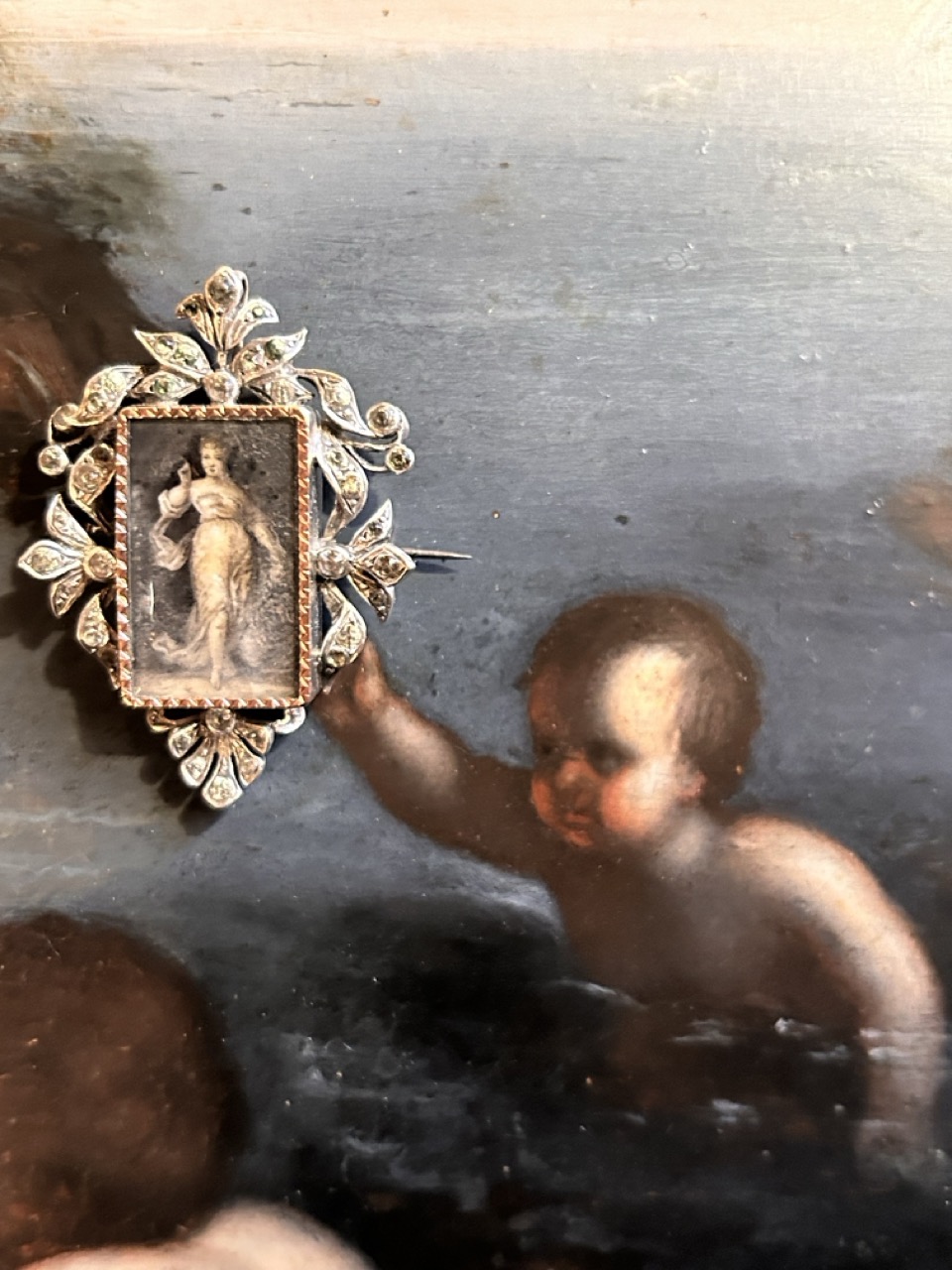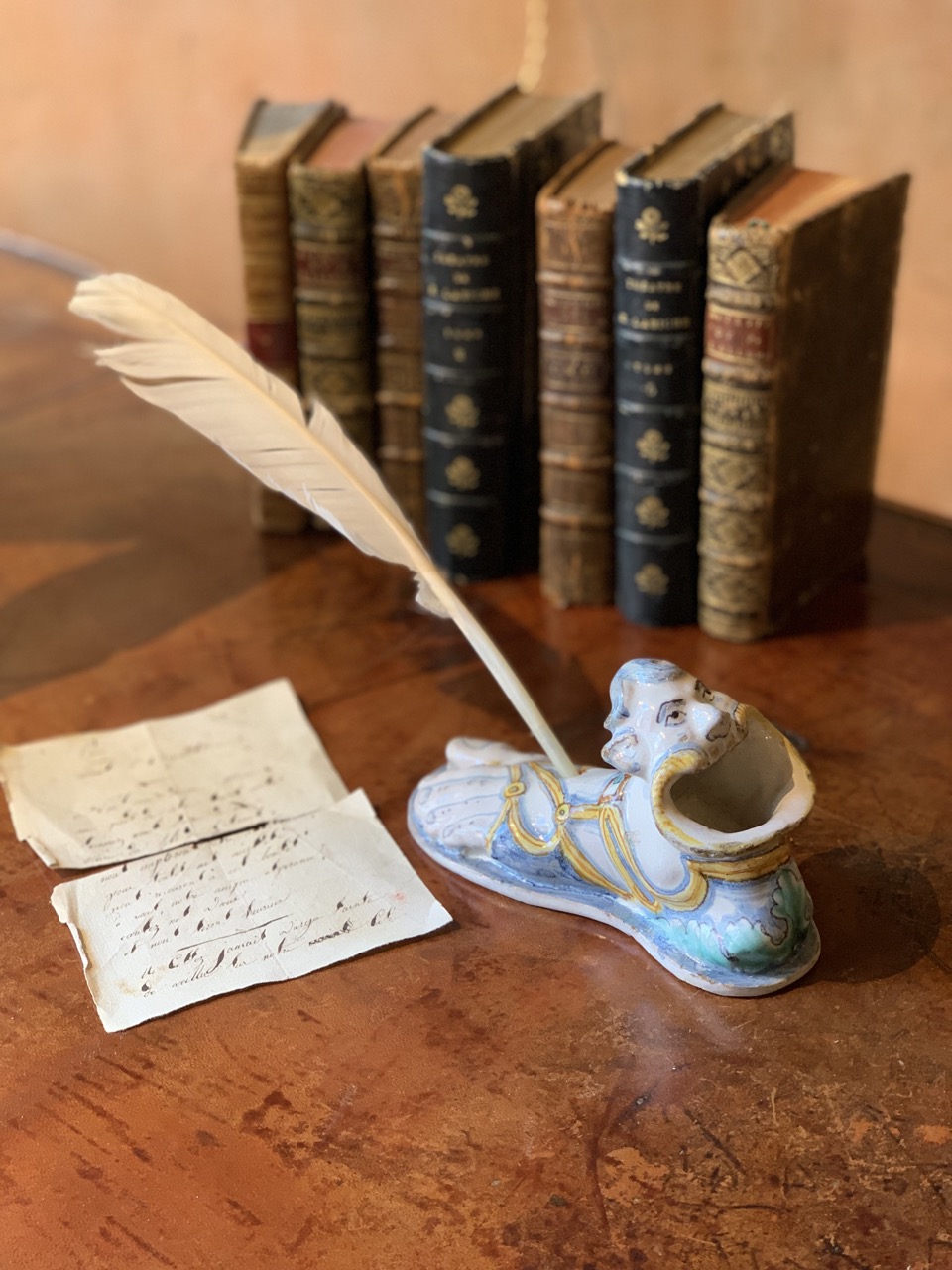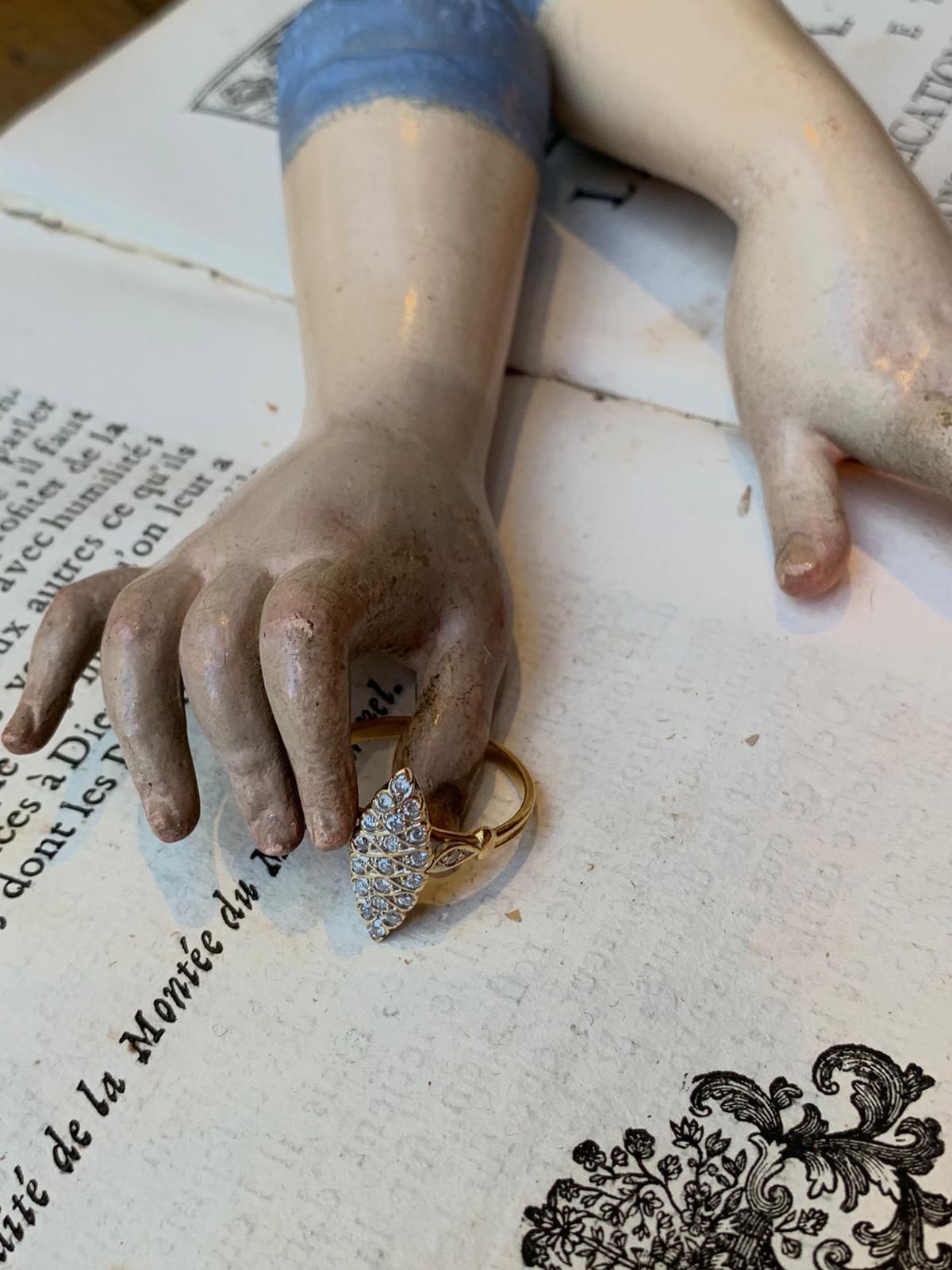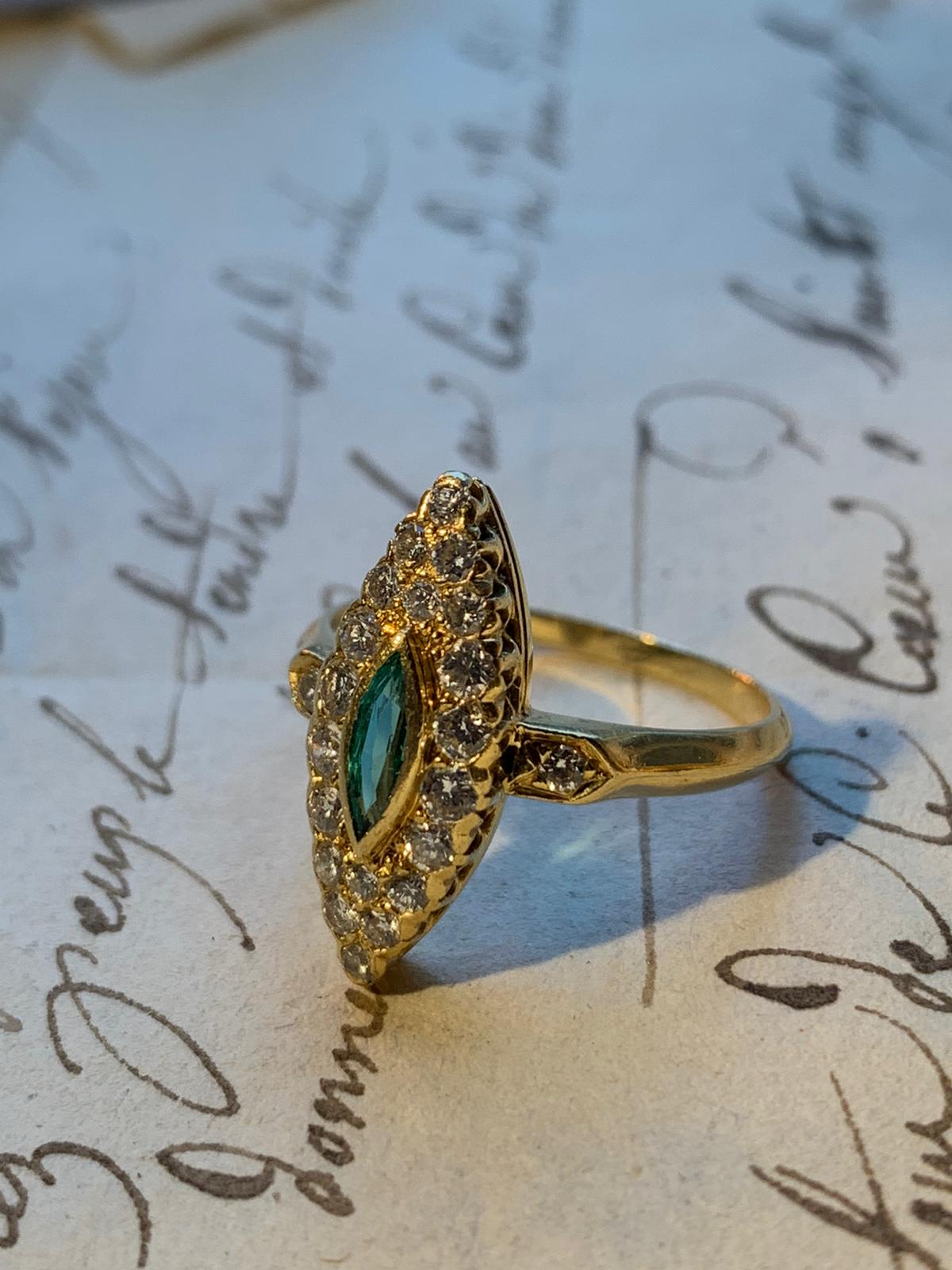Cross pendant in yellow gold, 750 thousand, set with rhinestones and “diamond of Alençon”.
“Diamant d’Alençon” is a rock crystal whose reputation spreads from the seventeenth century when the Alençon goldsmiths thought to cut and mount these stones of the same family as the amethyst (violet) and citrine (yellow) of which they are distinguished by their brown color. Easy to use, this quartz, crystallized in hexagonal prisms, is naturally polished and shiny.
The invention of rhinestones was made in 1775 by the Alsatian jeweler Georg Friedrich Strass who had the idea of coating rock crystals (translucent quartz) from the banks of the Rhine River in Germany to multiply their refraction. The transparent stones are then mounted on a silver background: the cylinder head – the pointed part of the stones – is set in a small metal bowl, sometimes lined with silver straws. This technique enhances the refractive power of light through the facets of the stone.
Normandie, France
19th century
Gross weight: 7 g.
Height: 5.5 cm.

